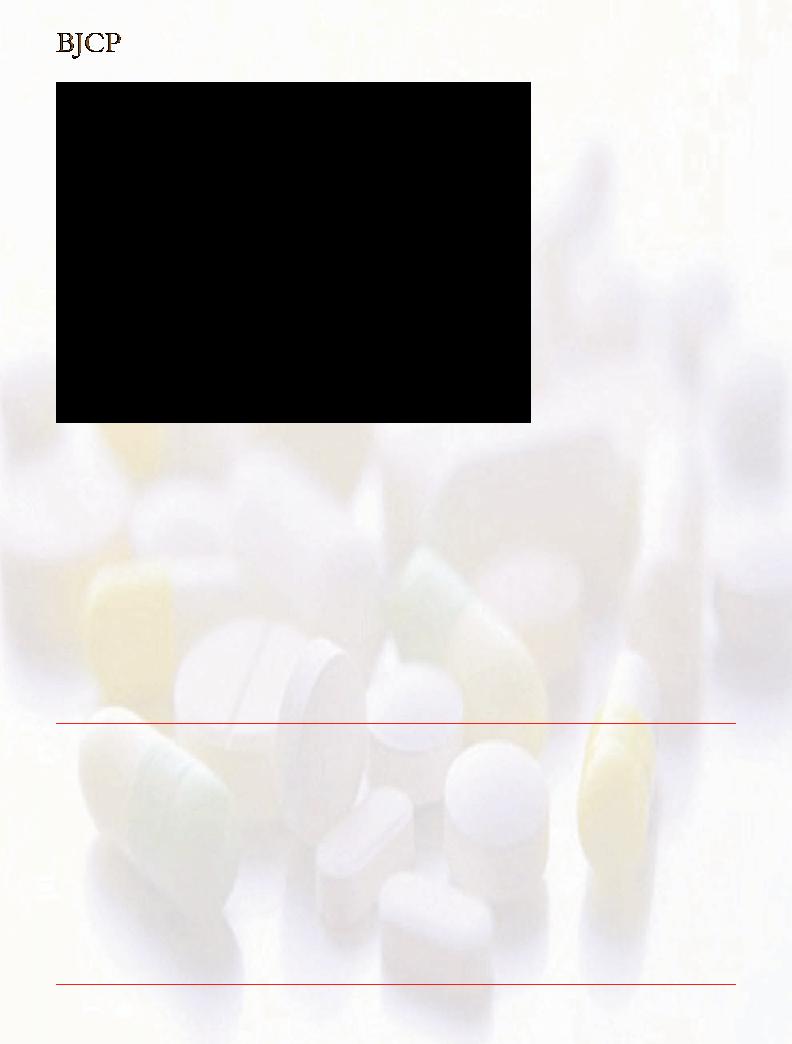oral omeprazole extemporaneous dispersion bioavailable? Eur J Pediatr 2008; 167: 823–5.
20Bishop J, Furman M, Thomson M. Omeprazole for gastroesophageal reflux disease in the first 2 years of life: a dose-finding study with dual-channel pH monitoring. J Pediatr Gastroenterol Nutr 2007; 45: 50–5.
21Baldassarre E, Sagaon MM, Ferrarini A. Severe systemic adverse reaction to proton pump inhibitors in an infant. Pediatr Pulmonol 2007; 42: 563–4.
22Boccia G, Manguso F, Miele E, Buonavolontà R, Staiano A. Maintenance therapy for erosive esophagitis in children after healing by omeprazole: is it advisable? Am J Gastroenterol 2007; 102: 1291–7.
23Omari TI, Haslam RR, Lundborg P, Davidson GP. Effect of omeprazole on acid gastroesophageal reflux and gastric acidity in preterm infants with pathological acid reflux. J Pediatr Gastroenterol Nutr 2007; 44: 41–4.
24Canani RB, Cirillo P, Roggero P, Romano C, Malamisura B, Terrin G, Passariello A, Manguso F, Morelli L, Guarino A; Working Group on Intestinal Infections of the Italian Society of Pediatric Gastroenterology, Hepatology and Nutrition (SIGENP). Therapy with gastric acidity inhibitors increases the risk of acute gastroenteritis and community- acquired pneumonia in children. Pediatrics 2006; 117: e817–20.
25Orel R, Brecelj J, Homan M, Heuschkel R. Treatment of oesophageal bile reflux in children: the results of a prospective study with omeprazole. J Pediatr Gastroenterol Nutr 2006; 42: 376–83.
26Størdal K, Johannesdottir GB, Bentsen BS, Knudsen PK, Carlsen KC, Closs O, Handeland M, Holm HK, Sandvik L. Acid suppression does not change respiratory symptoms in children with asthma and gastro- oesophageal reflux disease.Arch Dis Child 2005; 90: 956–60.
27Holbrook JT, Wise RA, Gold BD, Blake K, Brown ED, Castro M, Dozor AJ, Lima JJ, Mastronarde JG, Sockrider MM, Teague WG. Writing Committee for the American Lung Association Asthma Clinical Research Centers. Lansoprazole for children with poorly controlled asthma: a randomized controlled trial. JAMA 2012; 307: 373–81.
28Kukulka M, Wu J, Perez MC J. Pharmacokinetics and safety of dexlansoprazole MR in adolescents with symptomatic GERD. J Pediatr Gastroenterol Nutr 2012; 54: 41–7.
29Eren M, Yıldırım SH, Sivrikoz IA. Safety profile of six months lansoprozole treatment in children. Indian J Gastroenterol 2010; 29: 247–8.
30Lee JH, Kim MJ, Lee JS, Choe YH. The effects of three alternative treatment strategies after 8 weeks of proton pump inhibitor therapy for GERD in children. Arch Dis Child 2011; 96: 9–13.
31Orenstein SR, Hassall E, Furmaga-Jablonska W, Atkinson S, Raanan M. Multicenter, double-blind, randomized, placebo- controlled trial assessing the efficacy and safety of proton pump inhibitor lansoprazole in infants with symptoms of gastroesophageal reflux disease. J Pediatr 2009; 154: 514–20.
Gastroesophageal reflux disease in children
32Springer M, Atkinson S, North J, Raanan M. Safety and pharmacodynamics of lansoprazole in patients with gastroesophageal reflux disease aged <1 year. Paediatr Drugs 2008; 10: 255–63.
33Khoshoo V, Dhume P. Clinical response to 2 dosing regimens of lansoprazole in infants with gastroesophageal reflux. J Pediatr Gastroenterol Nutr 2008; 46: 352–4.
34Heyman MB, Zhang W, Huang B, Chiu YL, Amer F, Winter HS. Pharmacokinetics and pharmacodynamics of lansoprazole in children 13 to 24 months old with gastroesophageal reflux disease. J Pediatr Gastroenterol Nutr 2007; 44: 35–40.
35Fiedorek S, Tolia V, Gold BD, Huang B, Stolle J, Lee C, Gremse
D.Efficacy and safety of lansoprazole in adolescents with symptomatic erosive and non-erosive gastroesophageal reflux disease. J Pediatr Gastroenterol Nutr 2005; 40:
319–27.
36Das S, Ganguly A, Ghosh A, Mondal S, Dey JK, Saha I. Oral pantoprazole-induced acute pancreatitis in an 11-year-old child. Ther Drug Monit 2012; 34: 242–4.
37Tammara BK, Sullivan JE, Adcock KG, Kierkus J, Giblin J, Rath N, Meng X, Maguire MK, Comer GM, Ward RM. Randomized, open-label, multicentre pharmacokinetic studies of two dose levels of pantoprazole granules in infants and children aged 1 month through <6 years with gastro-oesophageal reflux disease. Clin Pharmacokinet 2011; 50: 541–50.
38Ward RM, Kearns GL, Tammara B, Bishop P, O’Gorman MA, James LP, Katz MH, Maguire MK, Rath N, Meng X, Comer GM.
Amulticenter, randomized, open-label, pharmacokinetics and safety study of pantoprazole tablets in children and adolescents aged 6 through 16 years with gastroesophageal reflux disease. J Clin Pharmacol 2011; 51: 876–87.
39Kierkus J, Furmaga-Jablonska W, Sullivan JE, David ES, Stewart DL, Rath N, Fu C, Wang W, Maguire MK, Comer GM. Pharmacodynamics and safety of pantoprazole in neonates, preterm infants, and infants aged 1 through 11 months with a clinical diagnosis of gastroesophageal reflux disease. Dig Dis Sci 2011; 56: 425–34.
40Baker R, Tsou VM, Tung J, Baker SS, Li H, Wang W, Rath N, Maguire MK, Comer GM. Clinical results from a randomized, double-blind, dose-ranging study of pantoprazole in children aged 1 through 5 years with symptomatic histologic or erosive esophagitis. Clin Pediatr (Phila) 2010;
49:852–65.
41Winter H, Kum-Nji P, Mahomedy SH, Kierkus J, Hinz M, Li H, Maguire MK, Comer GM. Efficacy and safety of pantoprazole delayed-release granules for oral suspension in a placebo- controlled treatment-withdrawal study in infants 1–11 months old with symptomatic GERD. J Pediatr Gastroenterol Nutr 2010; 50: 609–18.
42Tolman KG, Taubel J, Warrington S, Chiu YL, Pilmer BL, Pan WJ. Comparison of the effects of single and repeated oral doses of lansoprazole and rabeprazole on ambulatory 24-hour intragastric pH in healthy volunteers. Clin Drug Invest 2006; 26: 21–8.
43James L, Walson P, Lomax K, Kao R, Varughese S, Reyes J. Study 119 Pediatric Trial Investigators. Pharmacokinetics








